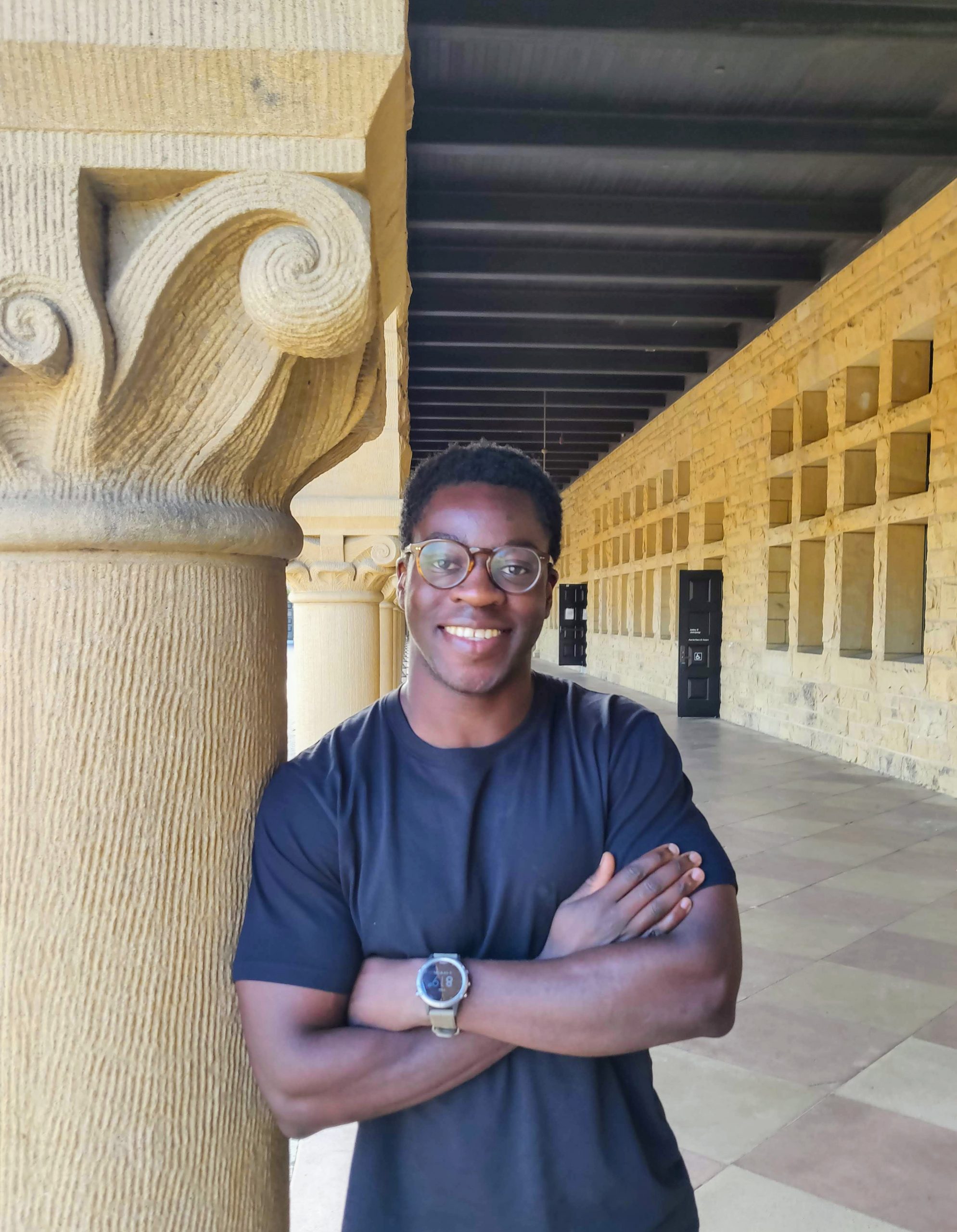
- This event has passed.
MEAM Seminar: “Breaking Bones In situ: Multiscale Bioinspired Functional Materials”
March 30, 2021 at 10:30 AM - 12:00 PM
In structural materials engineering, we often aim to create materials that are simultaneously strong, tough and lightweight- a combination classically considered mutually exclusive. Biogenic composite materials such as bone exhibit a combination of these properties exceeding that of their constituents, a feat generally credited to their hierarchal structure, down to the nanoscale. In this talk, we will demonstrate the use of micro and nanoscales site-specific microstructural characterization and mechanical experiments to probe the strength, deformation, and fracture behavior of human bone. We will demonstrate an in situ SEM/nanoindentor methodology, that enables 3-point bending fracture experiments with observation and measurement of crack growth and toughening behavior at nano and micrometer scales. We will discuss the crack (1 initiation and growth mediated underlying fibril microstructure (~50 nm) in bone and place it in the context of hierarchical toughening up to the macro/organ level (500+ um) fracture. We will use generalized lessons learned about biogenic materials to discuss additive manufacturing of metals. We will explore how we can leverage of the unique processing conditions and tunability of nanoparticle functionalized feedstock in metal additive manufacturing to control microstructure, as well as expand the library of currently “printable” materials for potential applications ranging from biomedical to thermal.

Ottman A. Tertuliano
Stephen Timoshenko Distinguished Postdoctoral Fellow, Department of Mechanical Engineering, Stanford University
Ottman earned a B.S. in Mechanical Engineering at Columbia University, and a Ph.D in Materials Science from Caltech. His graduate work focused on small scale, site-specific microstructural characterization, deformation and fracture behavior of bone. He is currently the Stephen Timoshenko Distinguished Postdoctoral Fellow in Mechanical Engineering at Stanford University, where he works primarily on developing techniques for nanoparticle and texture-enabled additive manufacturing of metals.
